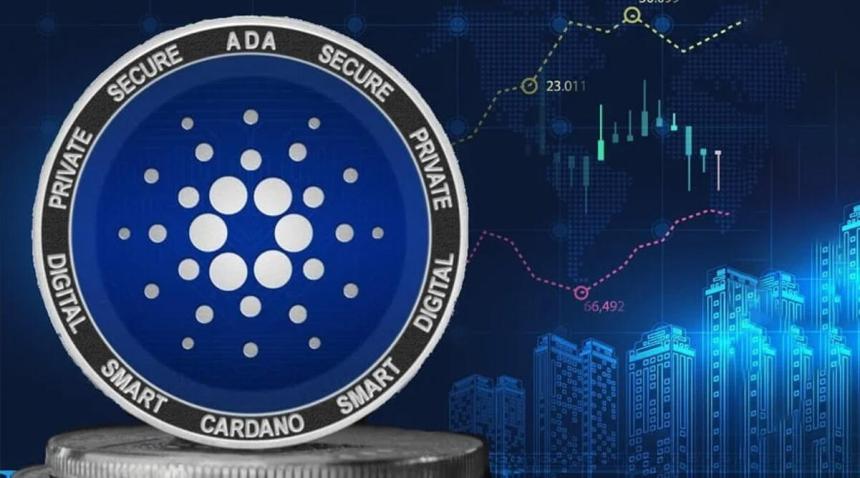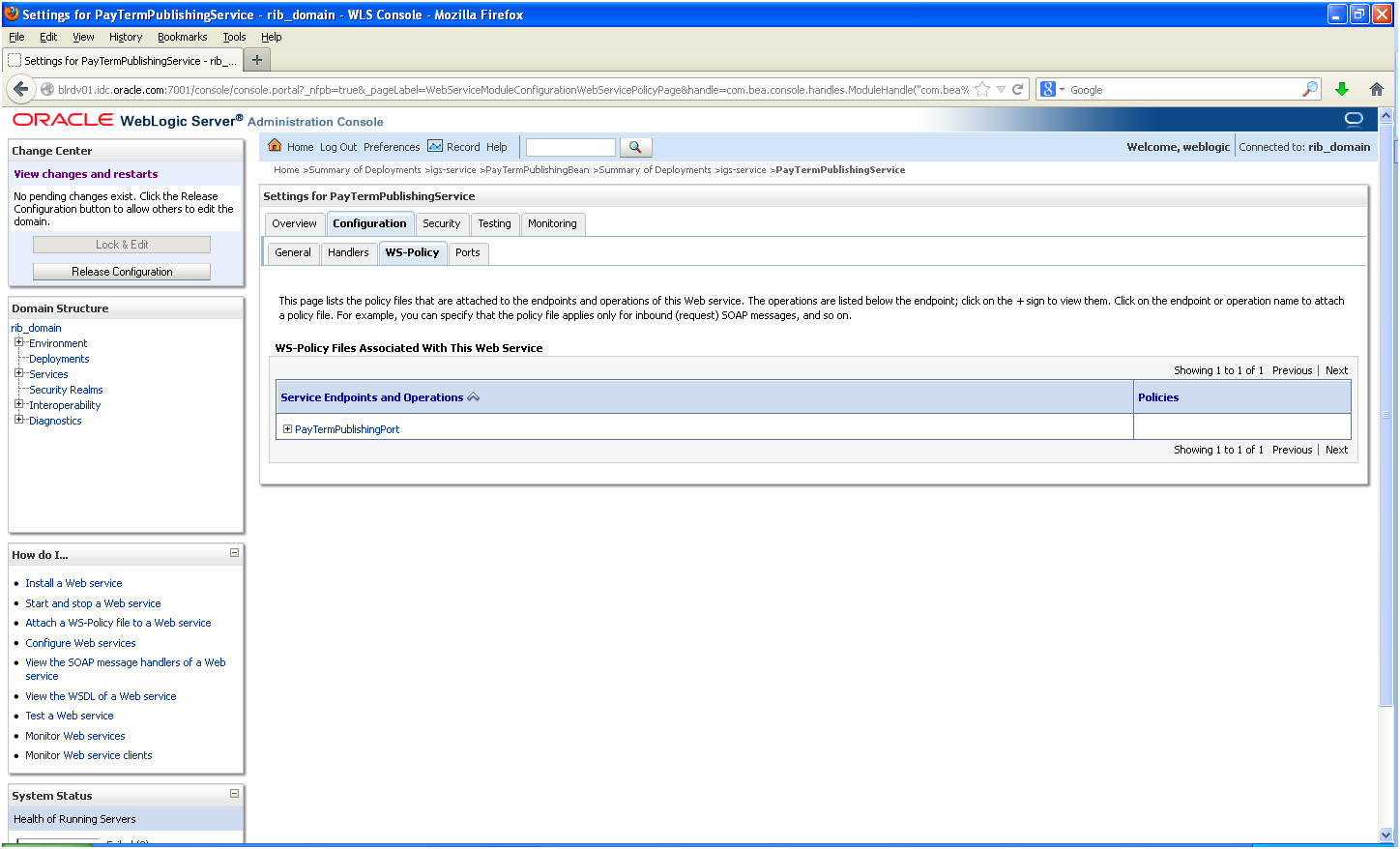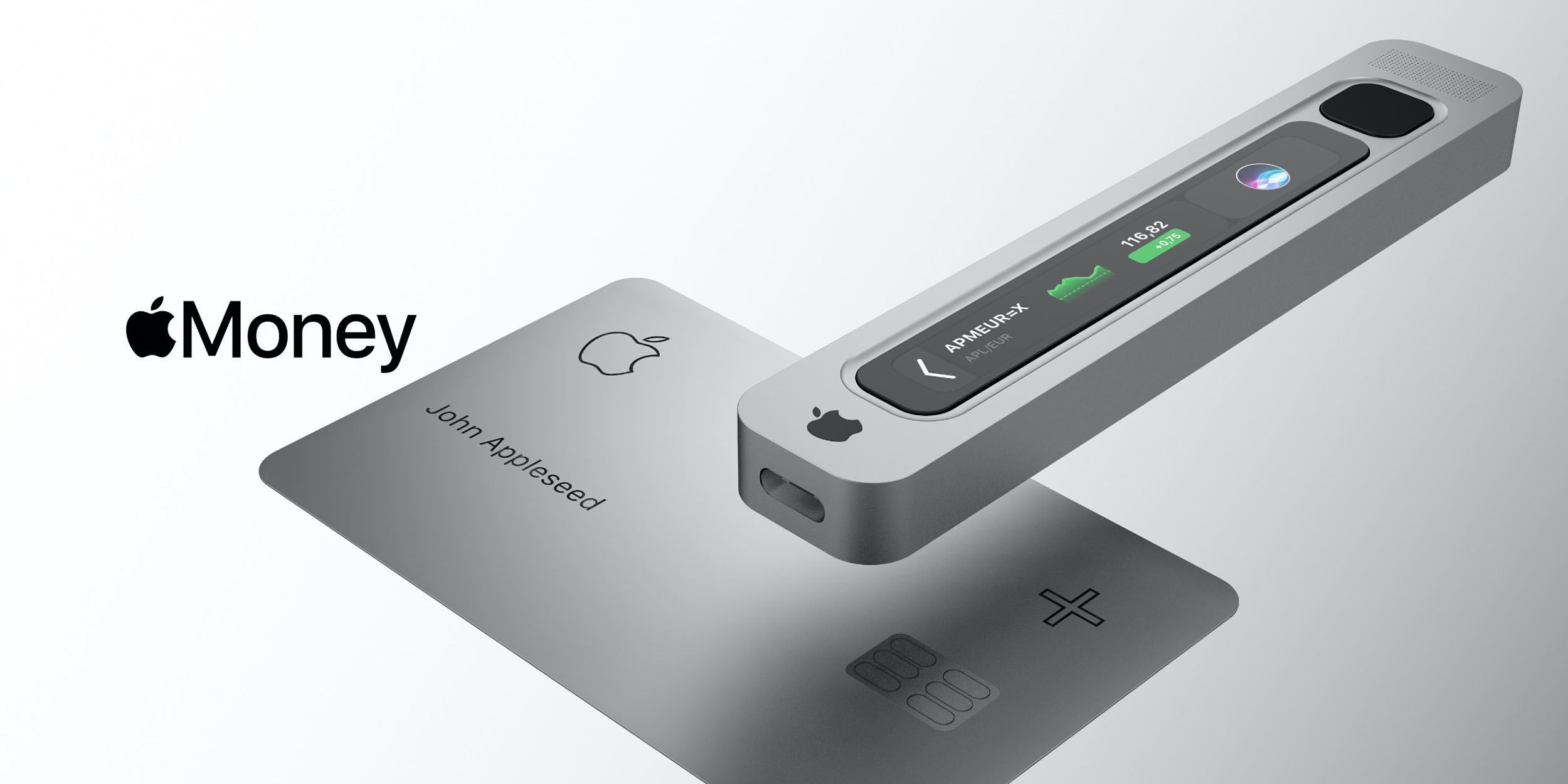
Navigating Blockchain Security: A Dive into Penetration Testing Strategies
Blockchain, touted for its security features, isn’t immune to vulnerabilities. Penetration testing emerges as a crucial process to ensure the robustness of blockchain networks. In this article, we’ll explore the significance of penetration testing in fortifying blockchain security and delve into strategies to secure this decentralized technology.
Understanding Blockchain Vulnerabilities
1. The Myth of Invulnerability
While blockchain is renowned for its decentralized and tamper-resistant nature, the myth of invulnerability must be dispelled. The intricate code that powers blockchain networks may harbor vulnerabilities, making penetration testing a vital component in identifying and addressing potential weaknesses.
2. Smart Contracts as Targets*
Smart contracts, integral to many blockchain applications, are susceptible to exploitation. Penetration testing focuses on probing the code and functionality of smart contracts, uncovering vulnerabilities that could lead to unauthorized access, manipulation, or other malicious actions.
The Significance of Penetration Testing in Blockchain Security
1. Proactive Risk Mitigation*
Penetration testing is a proactive measure that allows organizations to identify and mitigate security risks before they can be exploited by malicious actors. By simulating real-world attacks, organizations gain insights into potential weaknesses and can take corrective actions to fortify their blockchain systems.
2. Ensuring Regulatory Compliance*
In many industries, regulatory compliance is a non-negotiable aspect of operations. Penetration testing aids in ensuring that blockchain systems adhere to industry-specific regulations and security standards, providing organizations with the assurance that they meet required compliance benchmarks.
Key Strategies in Penetration Testing for Blockchain
1. Smart Contract Auditing*
Smart contract auditing is a focal point of penetration testing in blockchain. Auditors meticulously review smart contract code, assess its logic, and identify vulnerabilities that might compromise the integrity and security of the contract. This process enhances the reliability of decentralized applications (DApps) built on blockchain.
2. Node and Network Vulnerability Assessments*
Penetration testing extends to assessing vulnerabilities within blockchain nodes and the overall network. Identifying weaknesses in node security and potential network exploits is crucial to prevent unauthorized access, manipulation of consensus mechanisms, or disruption of the blockchain network.
3. Permission and Access Controls Testing*
Evaluating permission and access controls is paramount in ensuring that only authorized entities have the appropriate level of access within the blockchain ecosystem. Penetration testing scrutinizes these controls to prevent unauthorized transactions, data manipulation, or other security breaches.
Challenges and Evolving Trends in Blockchain Penetration Testing
1. Complexity of Smart Contracts*
The complexity of smart contracts poses a challenge in penetration testing. As smart contracts become more intricate, testing processes need to evolve to comprehensively address the nuances of the code and its potential interactions within the blockchain network.
2. Integration of Privacy Features*
Privacy-centric blockchains introduce new challenges for penetration testing. Testing strategies must adapt to assess the effectiveness of privacy features, ensuring that transactions remain confidential while not compromising the overall security of the blockchain.
Blockchain Security Empowerment: Penetration Testing Resources
For a comprehensive exploration of penetration testing in blockchain and its pivotal role in fortifying security, visit Penetration testing Blockchain. This resource provides valuable insights, best practices, and the latest developments to empower organizations and individuals in enhancing the security of their blockchain implementations.
In conclusion, penetration testing is a cornerstone in fortifying the security of blockchain networks. Recognizing the potential vulnerabilities, employing proactive testing strategies, and staying informed about evolving challenges are crucial steps in maintaining the integrity and reliability of blockchain technology. By embracing penetration testing, organizations can fortify their decentralized ecosystems against emerging cyber threats.
























